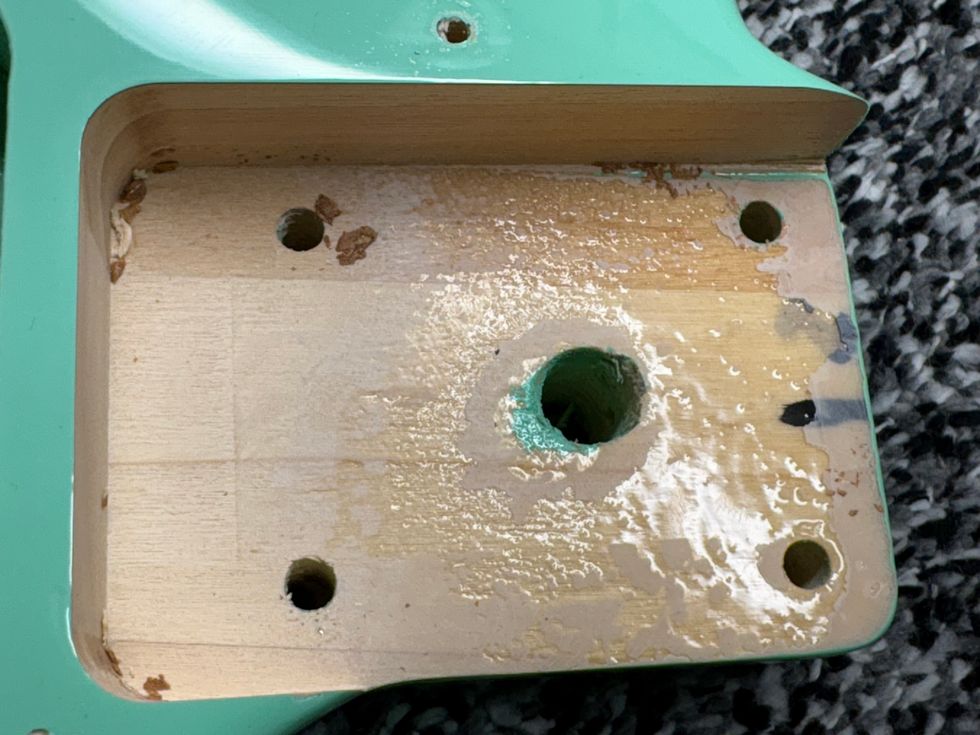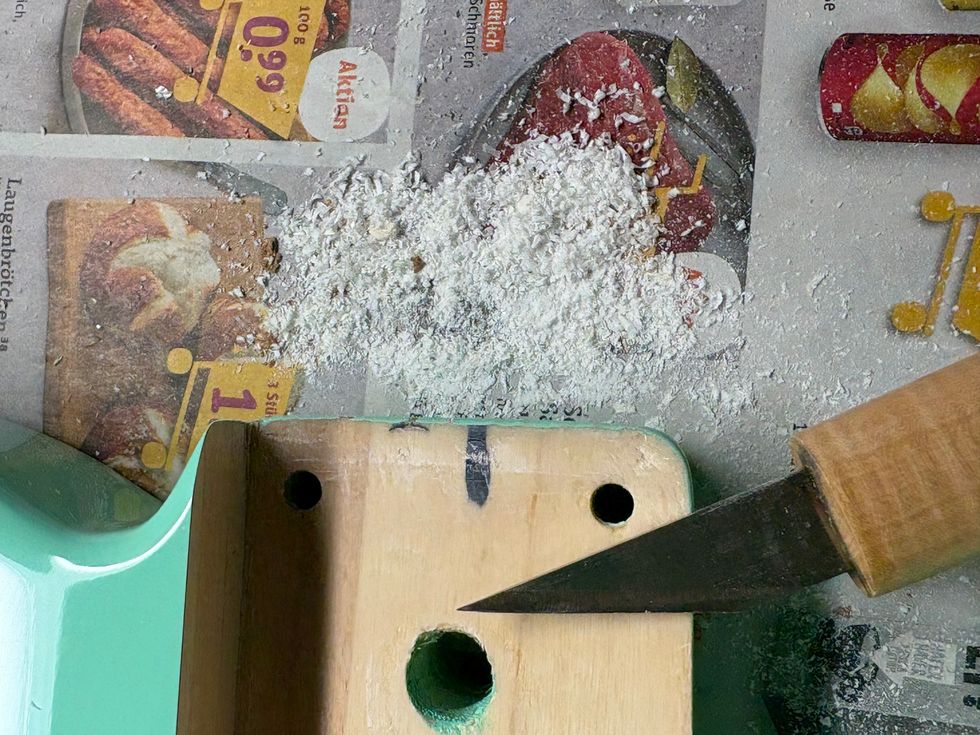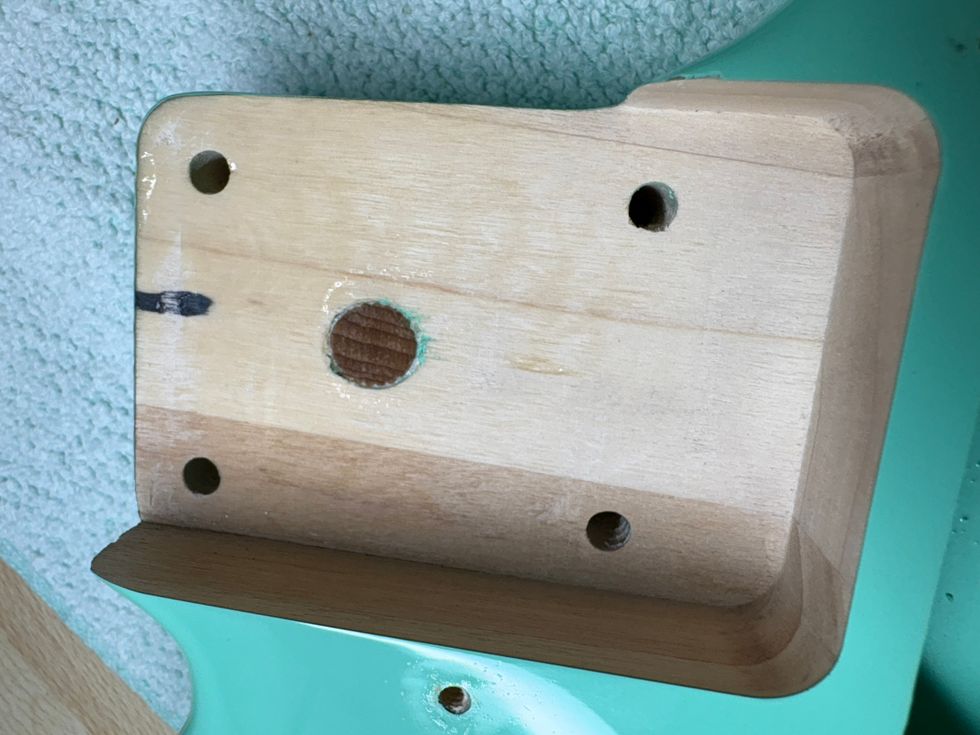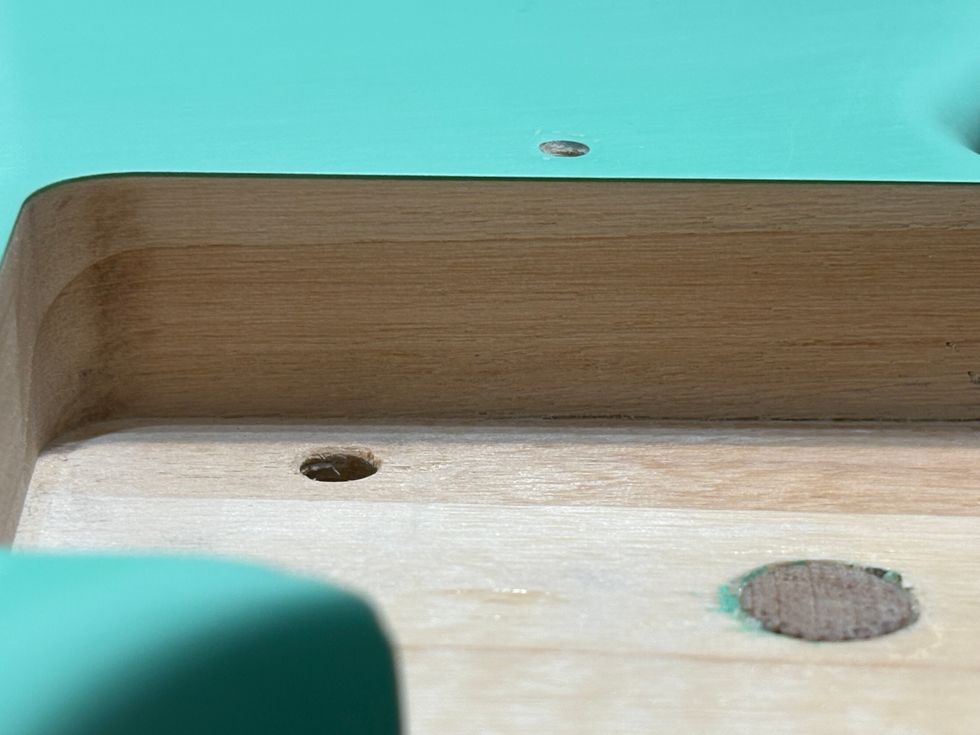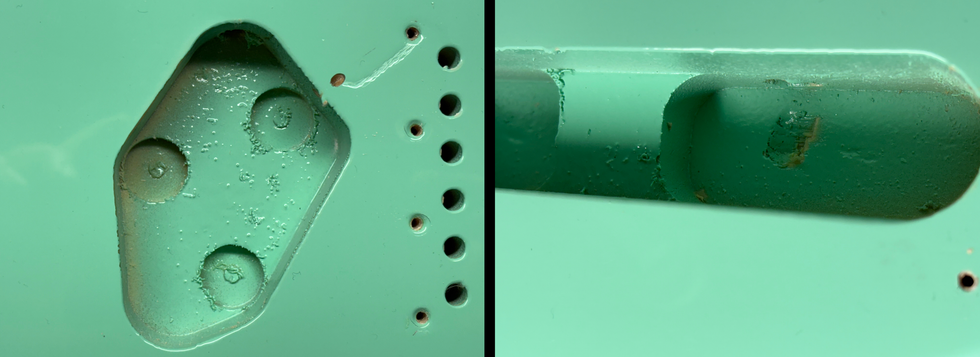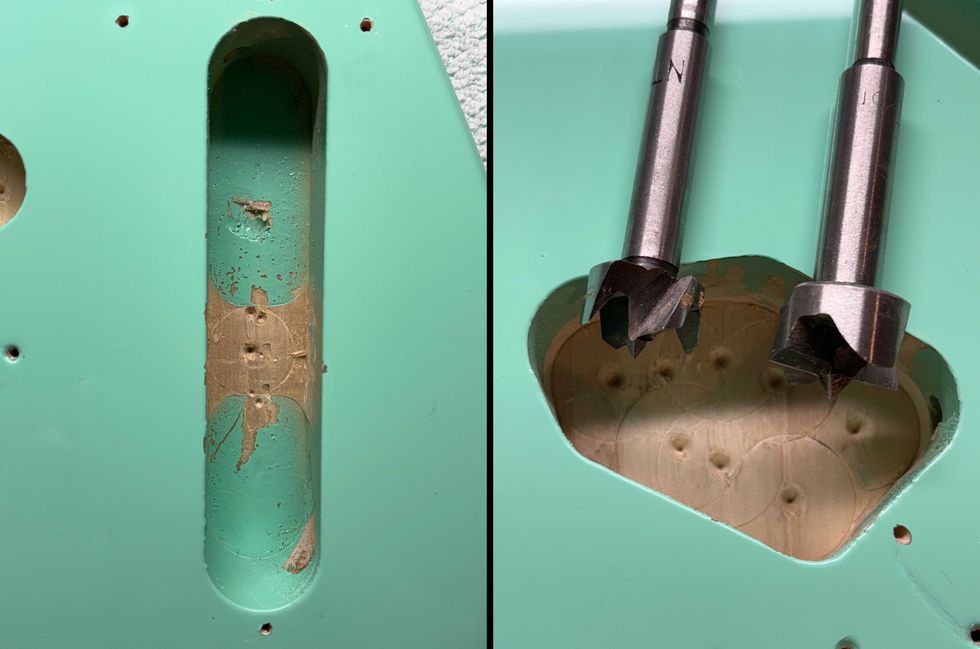  |
| I recently bought a 1982 Marshall 4210, the 1x12 combo version of the 2205 head. Both channels sound a bit too harsh or tinny, regardless of settings. I’ve tried varying the settings, the EQ, driving the power amp hard, the preamp hard, etc., and it always seems to lack that solid midrange punch that I usually expect from a Marshall. The speaker appears to be an original, an 80-watt, 15-ohm Celestion. What is your thought as to why the sound is like this? Could the speaker need to be replaced? Does it need new tubes (or at least a bias job)? It has 6550s in the power stage. Thanks for your time. -Tom |
Tom,
Since the amp is a 1x12 combo configuration, it’s never going to have the tone and feel of a head and 4x12 cabinet, but there are definitely a few items here we can look at to help better your tone.
First I’d consider replacing the output tubes. I believe most of the “solid midrange punch” of which you speak is typically generated by the tube that made the Marshall sound famous, the EL34. Years prior to the production of your amp Marshall had converted to the use of 6550s in export amps when they began to suffer reliability problems with the EL34s available at the time. Since the EL34s would not last through the warranty period, the warranty repair of export amps became increasingly costly and the decision was made to install the more rugged 6550 tube. On the upside, warranty claims declined. On the downside, the much-loved Marshall tone had changed. The tone signature of the newer 6550s contained more top and bottom end, and while eventually proving to be better suited for “heavier” music, the rich midrange content was now missing.
Sound familiar? Have a tech replace your 6550s with a nice set of EL34s and you should notice a substantial difference. Just know that he will need to replace a couple of components in the bias supply in order to bias the EL34s properly, so it’s a little more involved than a simple biasing. While you’re having the output tubes replaced, you should probably have the preamp tubes replaced as well. Since all preamp tubes have different tonal characteristics, tell your tech what you’d like to hear from the amp and hopefully he can suggest the best tubes for the tone.
Next I’d consider replacing the speaker. While there’s nothing wrong with an 80- watt Celestion, a 25-year-old version may be a little tired and in need of retirement. Replacing the speaker(s) in an amp can be one of the best ways to bring it new life, and luckily there are a plethora of speakers now available. I believe the biggest selection is now being offered by Eminence, whose Red Coat series is “British voiced” and would be well suited to your Marshall amp. Another option would be to drop in a Budda Phat 12, which is sonically a cross between a Vintage 30 and a G12-80 and would be a great match. While you’re at it, I would also suggest replacing the stock speaker cable with an upgraded cable. We recently began installing Monster speaker cables in our amps, and it definitely improved the bass and mid content.
One last item you might want to consider. Since your amp will more than likely be taking a trip to your local technician for an EL34 conversion, you might want to have him replace the capacitors in the power supply. A fresh set of filter caps in an amp of that age can certainly improve the tone and response of the amp. Incorporate all these upgrades and the amp should be a lot closer to what you expect to hear.
But you want it even better, you say? Okay, here’s a little extra mod for you. It may get a little technical, but a good tech will know exactly what I’m talking about. Replace the four .022uf signal caps in the Master Volume circuit with .047uf or 0.1uf caps. The Master Volume circuit in these amps is a post phase-inverter type which uses two .022uf caps in series for each half of the phase inverter signal. The problem with placing two .022uf caps in series is that the value then gets reduced to 0.011(0.01)uf, which will begin to attenuate some of the lower frequencies of the amp. Replacing them with .047uf caps yields a capacitance of .0235(.022)uf and using 0.01uf caps yields a .05(.047)uf capacitance, both of which will yield a fuller frequency response.
Now your tone can go to 11.


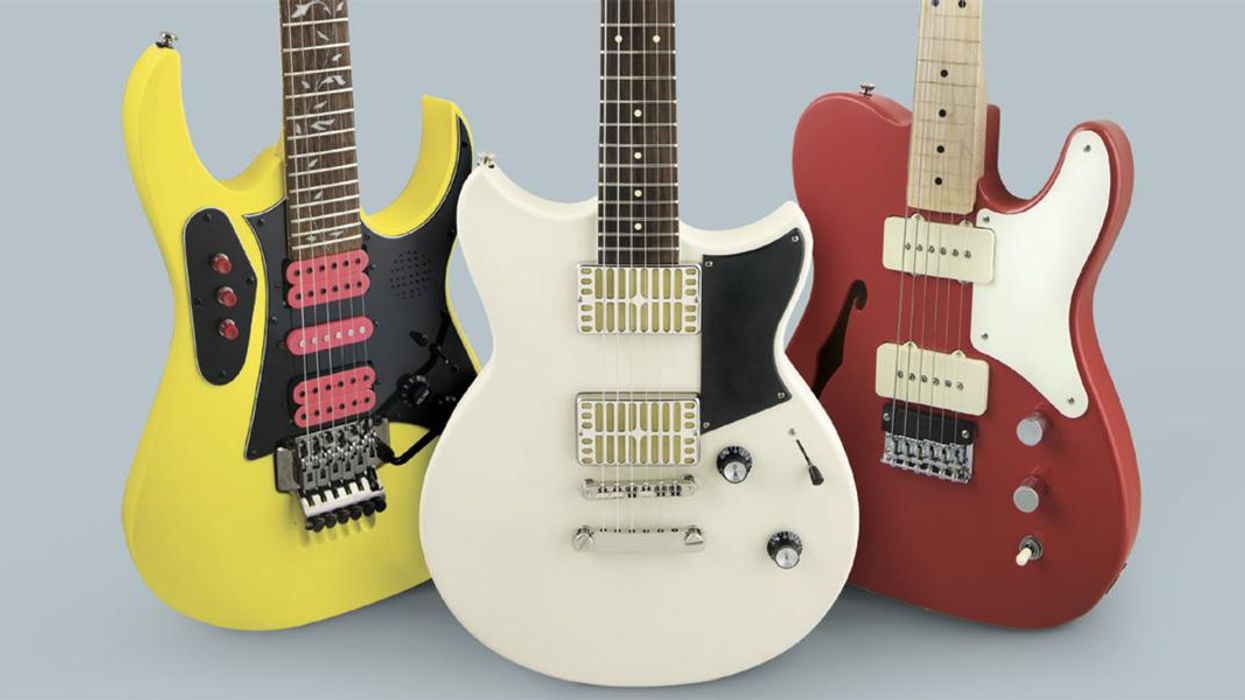
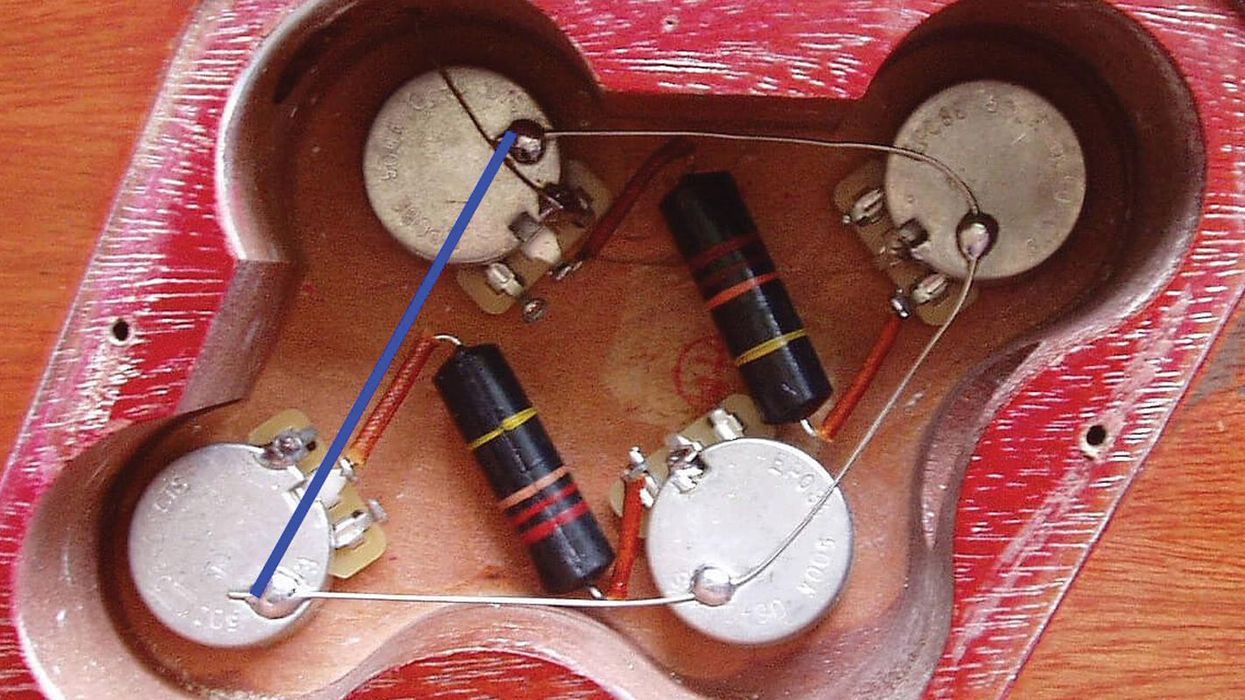
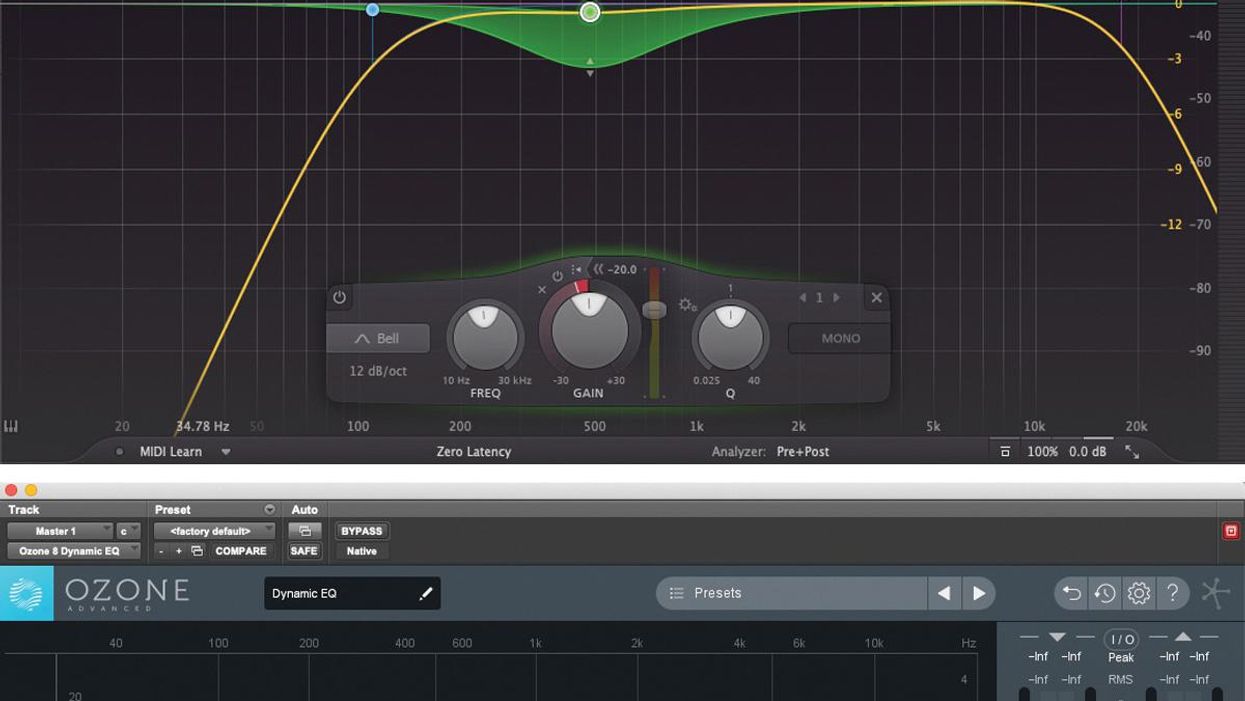








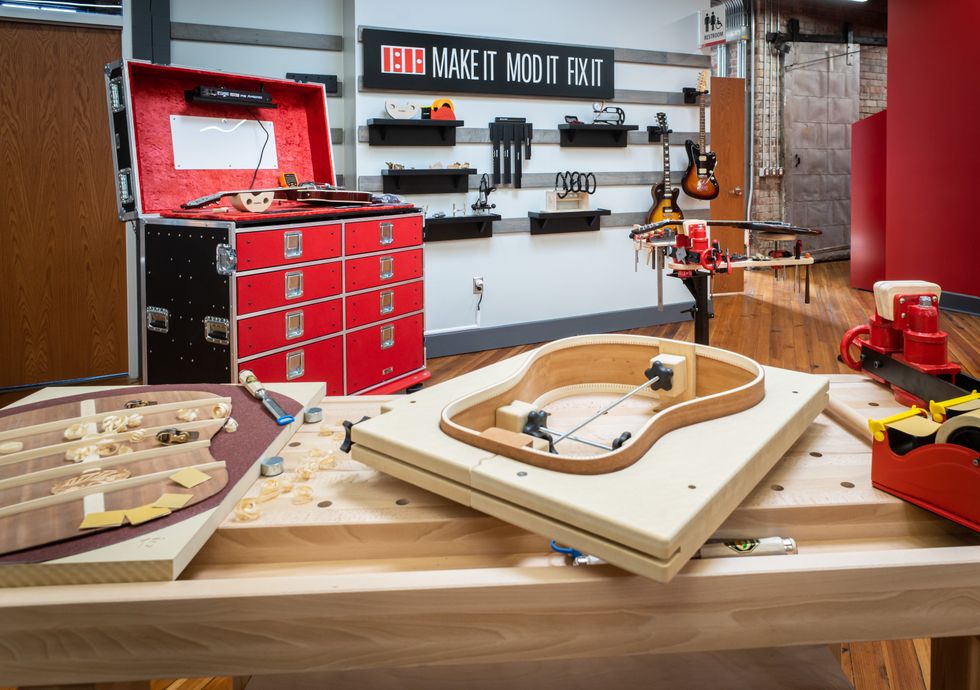

 The Allparts team at their Houston warehouse, with Dean Herman in the front row, second from right.Photo by Enrique Rodriguez
The Allparts team at their Houston warehouse, with Dean Herman in the front row, second from right.Photo by Enrique Rodriguez

